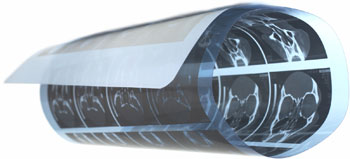Grids for optimizing cancer radiotherapy treatment
This year, about 4 million European and North American people have developed a Cancer.
Although enormous efforts are being made in area of research, more than half of these new patients are treated with radiotherapy, along with surgery and chemotherapy as appropriate.
Using radiation to treat cancer patients may be complicated with collateral damage to health tissue nearby. To hit the precise target without spilling over requires careful planning and the use of 3D imaging - a computationally intensive process.

Researchers developed a solution based on a technique initially used for the needs of the high-energy physics community: the computational grid.
Intensity-modulated radiation therapy (IMRT) is an advanced mode of high-precision radiotherapy that utilizes computer-controlled x-ray accelerators to deliver precise radiation doses to a malignant tumor or specific areas within the tumor. IMRT allows for the radiation dose to conform more precisely to the three-dimensional (3-D) shape of the tumor by modulating - or controlling - the intensity of the radiation beam. This solution generates a large number of calcul and need time to produce a large number of radiotherapy plans without the Grid. During the test case, researchers generate 150 individual plans with the computational engine of Pinnacle build on a computational grid whereas the same calculations without grid technology take around 60 hours following the researchers.
To obtain further information on IMRT read article on the ISGTW website

